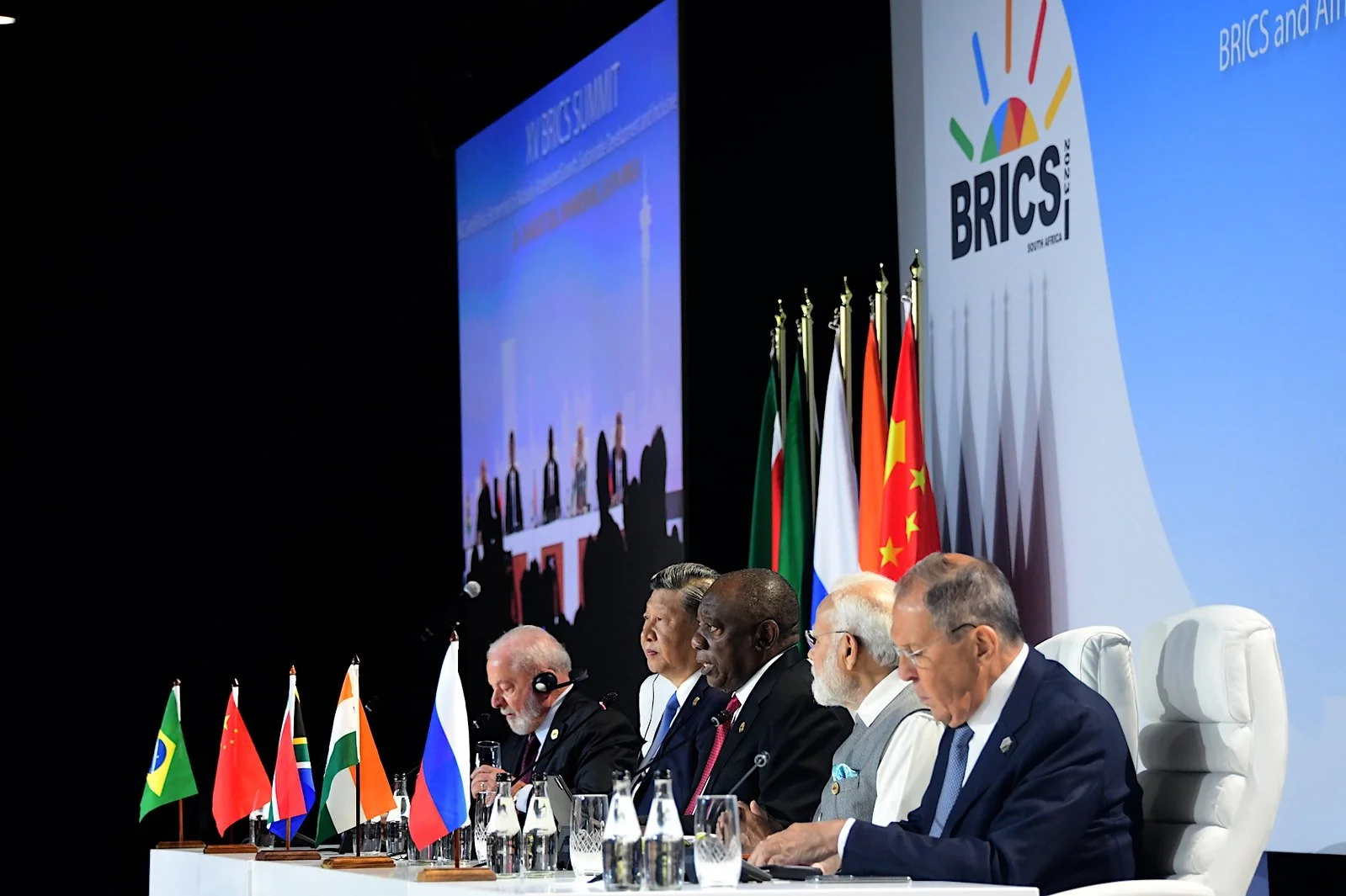How Will MENA Membership Shape the BRICS?
ITALIAN INSTITUTE FOR INTERNATIONAL POLITICAL STUDIES
The BRICS group is growing. Following its summit in South Africa in August 2023, several Middle East and North Africa (MENA) countries – Egypt, Saudi Arabia, the United Arab Emirates (UAE) and Iran – will join the current five members at the start of 2024, alongside two other new members, Argentina and Ethiopia. Although much of the summit was dominated by claims of an admissions procedure to vet the more than 20 applicant countries, none was published even as the new members were announced. In addition, the acceptance of these countries provides little clue as to what the group’s wider purpose will be.
The BRIC was first conceived as a group of emerging markets to watch by the economist Jim O’Neill in 2001. Some years later, the foreign ministers of the four countries – Brazil, Russia, India and China – began to meet, eventually to be followed by annual summits between their heads of government. In 2011 the BRIC became the BRICS when South Africa was admitted into the club – the last time the group membership expanded. Today, the BRICS accounts for over 40 percent of the world’s population and a third of the global economy. Between 2001 and 2021 it has also seen its share of foreign investment quadruple and while largely flat in the decade after 2011, still outperformed other regions of the world. Much of the original impetus for the BRICS was economic. The group demanded greater representation and more say in international organizations like the International Monetary Fund (IMF), World Bank and World Trade Organization (WTO). Later, it would establish its own New Development Bank (NDB) and contingency reserve fund, in 2014.
…
FOR THE REST OF THE ARTICLE, CLICK HERE.
